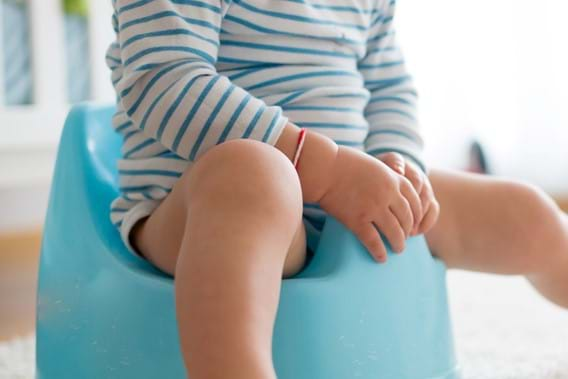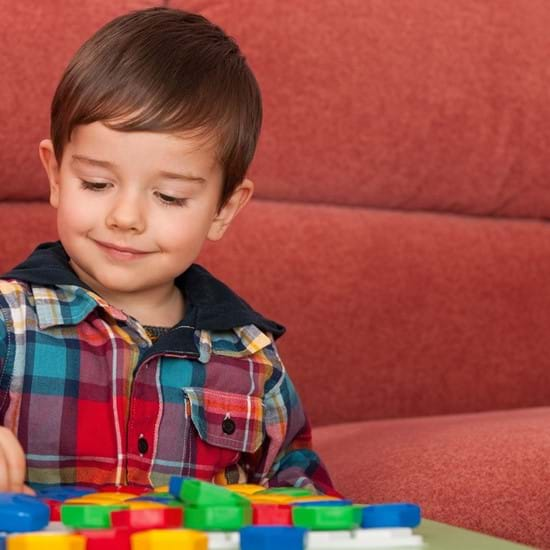
Tips for Easier Potty Training

Written by: Nanny Secours
After changing thousands of diapers, you’re starting to notice your tot is potty curious. If you’re not quite sure if your child ready to tackle the toilet or how to help with this transition… keep reading!
First off, remember that the only person who can decide to start toilet training is your child. Social pressure and your preference have no power over this. Rushing your child can even hinder the training’s progress. When a tot is genuinely ready, things can go quickly.
When to start?
There are signs your child is ready to trade diapers for training pant. Physically-ready kids can usually pull their pants up and down on their own, as well as sit and stand up with ease. They also stay dry for longer periods, meaning better bladder control. On an emotional, vocal and social level, tots are ready when they can sit still long enough to eliminate and be understood by an adult. Your little one may start to notice (and make known) the discomfort of a dirty diaper. Obviously, children have show an interest towards the potty and growing autonomy. Physical maturity will generally precede psychological maturity. Bladder and bowel control is usually gained in two separate stages, as are day and night cleanliness.
Foster Interest
You feel your child is ready? Now is the time to foster interest through theme books, exploring the workings of a toilet and practicing potty time step by step. A sequence could look something like this: pull down pants, go potty, wipe, pull pants up, flush the toilet, and wash your hands. Shop for fun underwear with your child, decorate the potty and play with it. The more you demystify toilet training, the more accessible it will seem to your child.
Multiply Learning Opportunities
Once potty training is in full swing, give your child plenty of water and juicy foods to increase the frequency of his or her need to urinate, thus creating more occasions to practice and control sphincter muscles. This will also soften the stool, making it and make it easier to pass. Tomatoes, cucumbers, celery and ground cherries are particularly diuretic.
Keep Your Tot Motivated
The more you make toilet training fun, the more enthusiastic your toddler will be! Use his or her interests to keep the ball rolling. Make sure you are available to your child; support and patience will provide the right encouraging and speed up the skills development process. A toilet routine will help them gain a better sense of their need to eliminate. For example, you can suggest a morning visit to the potty, before snacks and meals, before and after naps, before bath time and bedtime. Reward efforts and successes. Expect small accidents, but don’t focus too much on results. Remember, this is your child's challenge, not yours!
One Step Back, Two Steps Forward
It’s common for children to regress or slow their momentum during the process. Don't worry, this is completely normal! Fears, changes in the child's environment, intensive development of a new skill or a need to be assertive may explain setbacks. Make sure you follow your little one's pace and protect your child from outside pressure. If training becomes a source of conflict, put things on pause until the tension subsides. Keep encouraging your toddler and praise his or her future success. Your flexibility and positivity will give your child the needed confidence.
Potty training is a transition that takes place, in most cases, completely naturally. Remember this isn’t a race; almost a third of three-year-olds still wear diapers! Good things come to those who wait!
Laury Boisvert
Master Practitioner in Family Coaching, NLP Practitioner, B. Ed.
Founder of Coaching familial La Lanterne
Member of the Nanny secours network


